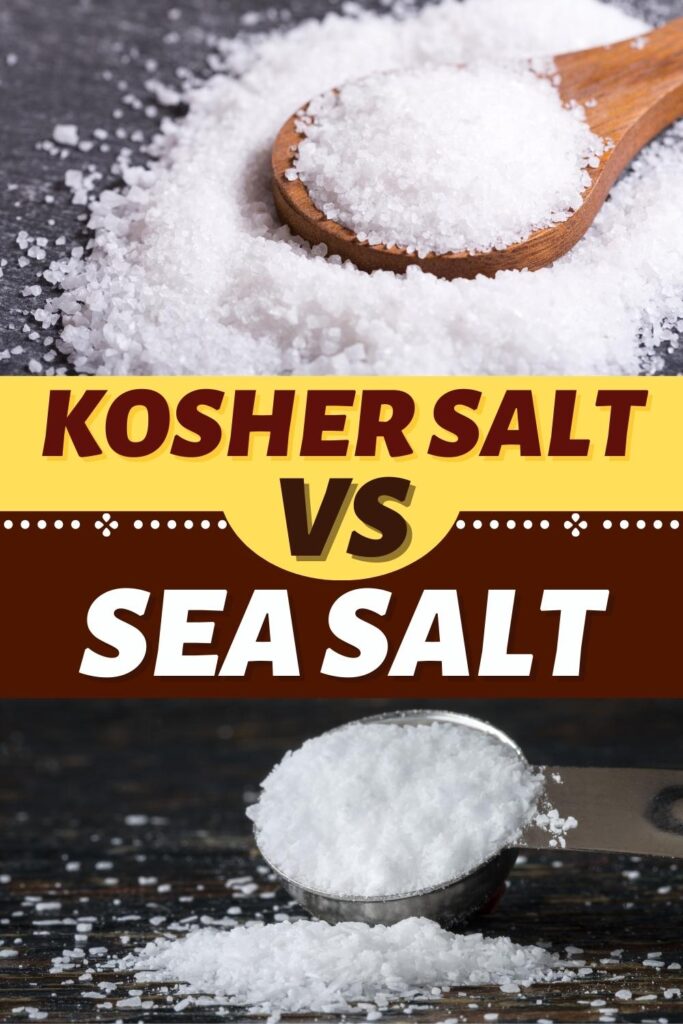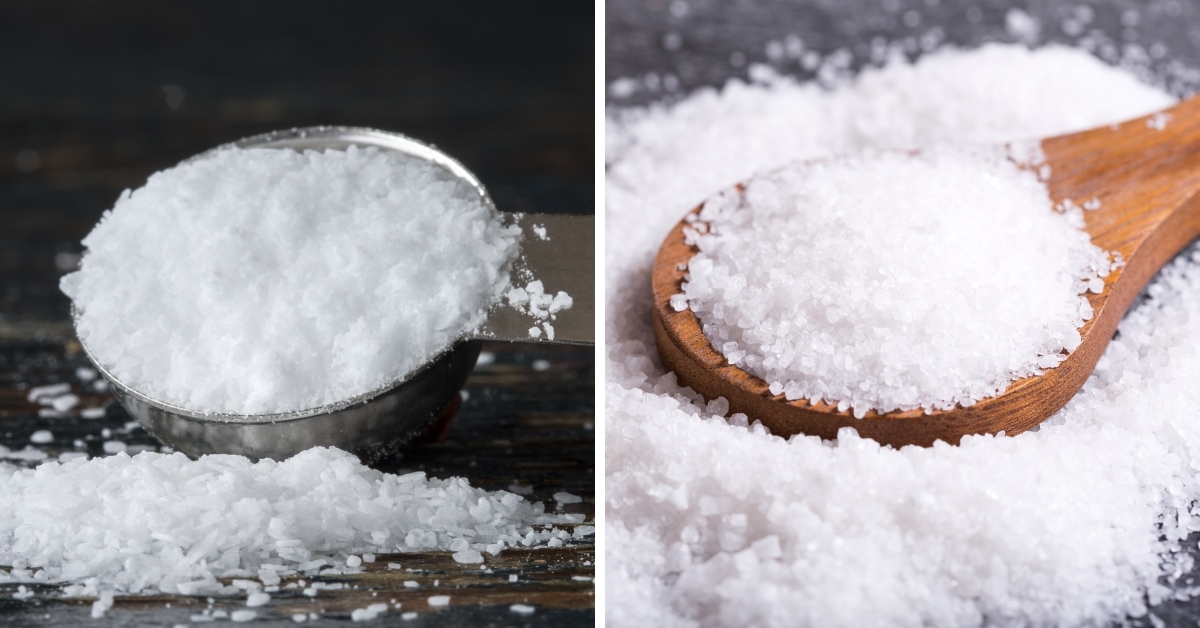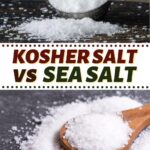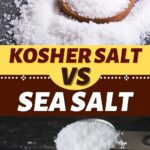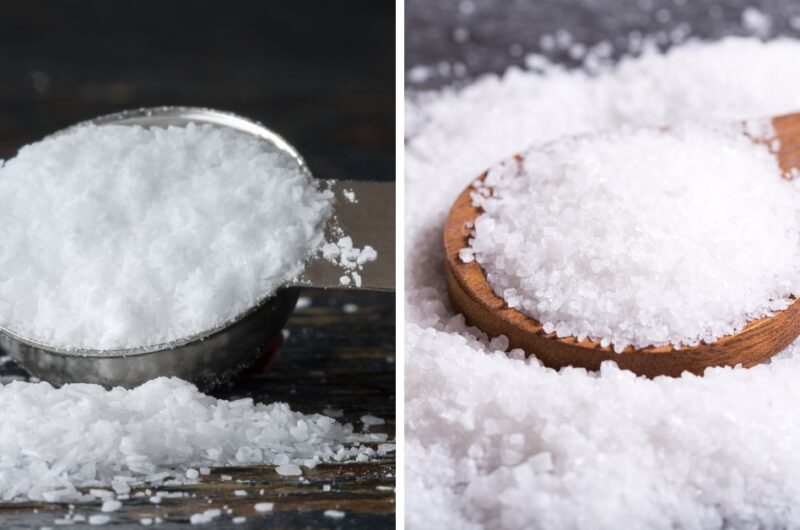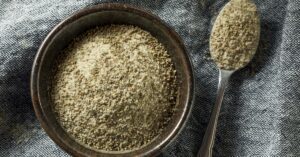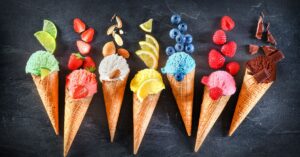Salt is a huge part of every recipe, from cookies to pasta.
But when it comes to kosher salt vs. sea salt, do you know the difference, or which is better?
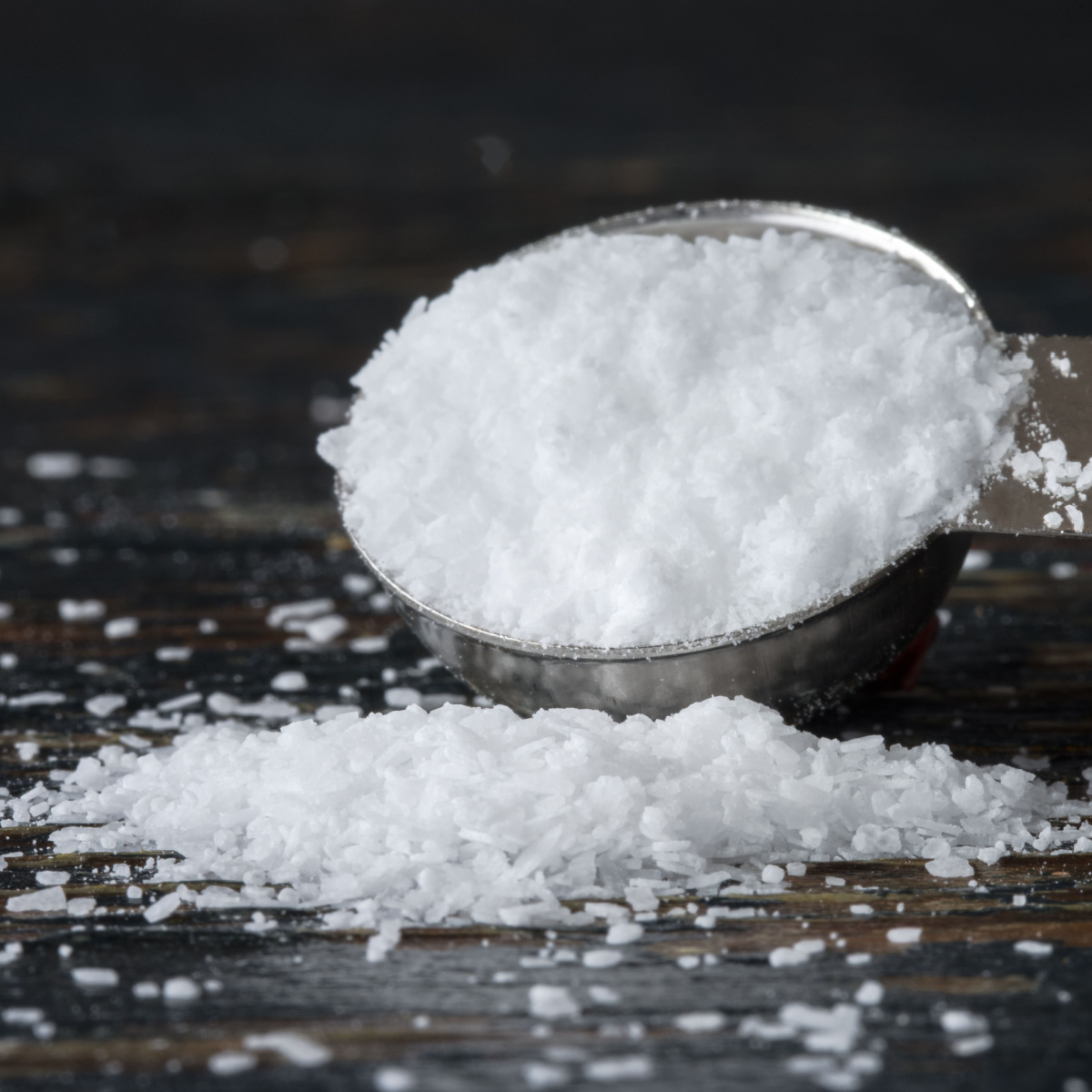
Many people think all salts are created equal. But that couldn’t be further from the truth.
That’s why I decided to dive into the topic.
That way, you can make an informed choice about what type is best for your kitchen creations.
So keep reading! I’m about to tell you everything you need to know about kosher salt vs. sea salt.
What Is Kosher Salt?
Kosher salt (rock salt) is mined from salt deposits and has a large, coarse grain. It is often considered “kosher-certified,” but that’s not always the case. Instead, it gets the name because its size is most suitable for the koshering process of preparing meat.
It’s sometimes favored over other types of salt for cooking because of the larger flake size, which makes it easy to pick up and sprinkle over food.
The flakes are flat and sometimes described as “platelet-shaped.”
Unlike some other types of salt, it’s made solely from sodium chloride and doesn’t usually contain additives or iodine (2Trusted Source).
Due to its larger flakes, you’ll need to add more kosher salt than table salt. For example, for every 1 teaspoon of table salt, you’ll need about 1 1/4 teaspoons.
What Is Sea Salt?
Sea salt is minimally processed salt flakes created by evaporating saltwater. Since it’s mostly unprocessed, it usually contains minerals like calcium, magnesium, and iron. The taste and texture can change depending on where it’s harvested.
Fleur de Sel from France is quite delicate in flavor and is harvested by hand, giving it a slight grey finish.
In contrast, Maldon salt from the U.K. is soft and quite dry, with a more salt-like coloring.
Sea salt is better used as a finishing touch, like over steaks. It’s quite expensive, so not ideal for daily use.
That said, it’s also used in some skincare products, such as scrubs and bath salts.

Main Differences Between Kosher Salt and Sea Salt
So, both salt grains are larger than typical table salt. Additionally, you can use both for various culinary purposes.
Still, despite their similarities, they have several differences, too.
These differences include the following:
- The process for collecting the salts is different.
- As I mentioned, kosher salt primarily comes from mining salt deposits.
- Sea salt, however, comes from the evaporation of seawater.
- The salts are prepared for sale in different ways.
- Kosher salt is taken from mineral deposits and crushed, then checked for large lumps that need cutting down.
- Sea salt is typically made on flats and creates pyramid-shaped crystals that can be scraped away from the surface.
- The shape and texture of each salt are slightly different.
- Kosher salt is hard, very coarse, and almost looks like tiny pebbles.
- Sea salt looks different depending on where it’s harvested and can be pebble-like or look like mini pyramids with glass-like layers.
- The salts behave differently.
- Kosher salt dissolves slowly, due to its size, and can absorb quite a lot of liquid.
- Sea salt dissolves faster when introduced to moisture.
- Sea salt is more expensive than kosher salt.
- Kosher salt is industrially manufactured and refined, so it’s made in larger quantities.
- Sea salt is usually made in smaller batches and often harvested by hand.
- The salts can be different colors.
- Kosher salt is almost always white or Himalayan pink.
- Some sea salts can be grey due to the area in which it’s produced.
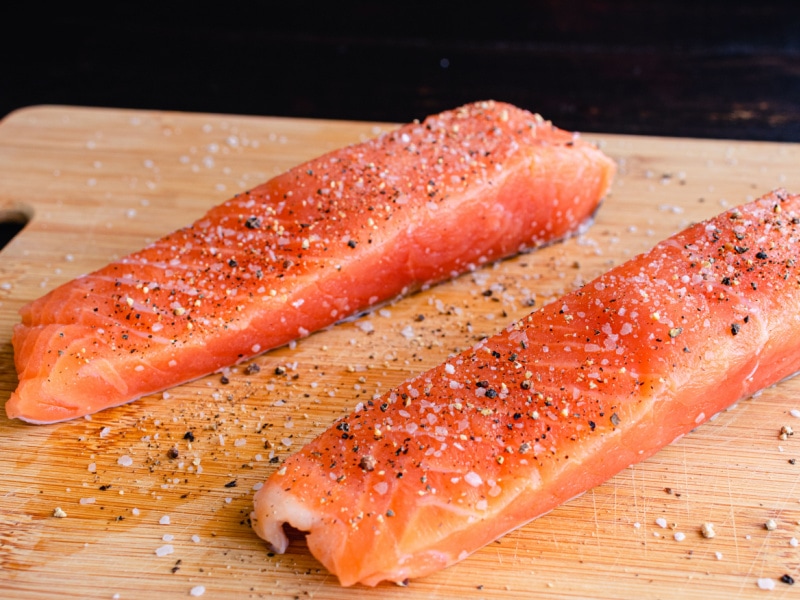
When to Use Kosher Salt
As mentioned, kosher salt is ideal for preserving meat. Those big grains draw out excess moisture beautifully.
You can also use it to season meat and your veggies! I especially like it on steaks and on grilled meats because it doesn’t just dissolve into the flesh.
Many people also add kosher salt to pasta water because it raises the water’s boiling point. And hotter water = less cooking time for your noodles.
Here are a few final ways to use kosher salt:
- When smoking meats
- When pickling meats and vegetables
- As a brine for meat
- To “salt” the rim of your cocktails
I don’t recommend it as a table salt alternative. Nobody wants big pieces of rock salt on their fries!
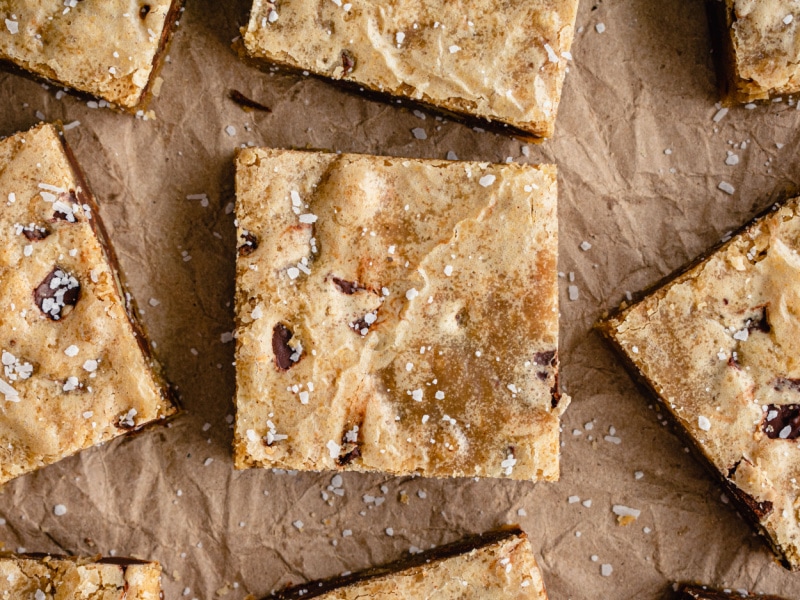
When to Use Sea Salt
Now, let’s check out some of the uses of sea salt.
Unlike kosher salt, you can use sea salt instead of regular table salt.
This is because the flakes are more delicate, and you can easily crush them in your fingers.
It’ll also dissolve quicker, so you don’t have big pieces of salt all over your food.
It’s also an ideal garnish for milkshakes, brownies, cookies, and more because it gives a crisp pop of salty flavor without a hard crack.
But since it’s so expensive, I recommend keeping it as a finisher.
Use it on steaks and other meats, and sprinkle it over your chocolate chip cookies. But don’t use it for pasta water or as a salt alternative in recipes.
That’ll quickly cost you a fortune!
Outside the kitchen, you can add sea salt to your bath water or a tub to soak your feet.
And if you like to make your own beauty and bath products, sea salt is great for that, too.
Which One is Better?
Unfortunately, there’s no good answer to the question of which salt is better.
They both have the same amount of sodium, so neither is healthier or less healthy than the other.
As I mentioned, sea salt sometimes comes with added minerals. However, the percentages are relatively low.
Therefore, the best salt is the one you like best. And whichever is best for the circumstance. I
If you need a large quantity, kosher is the best option. It’s less expensive, after all.
However, if you’re making bath products, or need a fancy flair over your favorite fudgy brownies, go for sea salt.
In the end, choosing between the two is entirely up to you.
